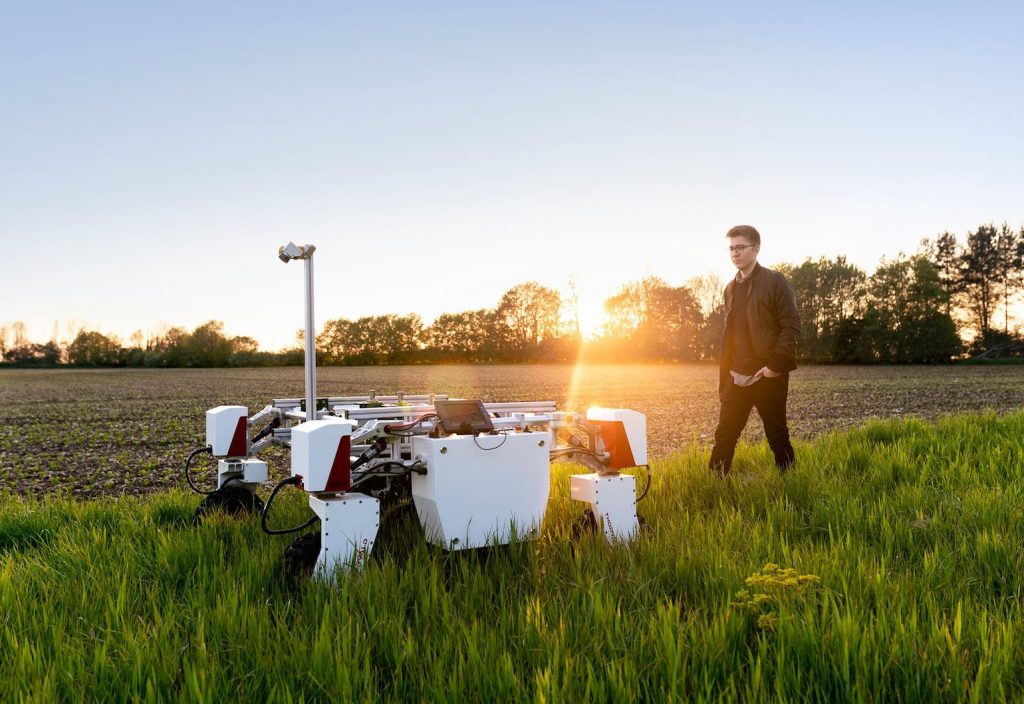For World Environment Day 2022, create spoke with Engineers Australia National President Dr Nick Fleming and speaker at upcoming World Environment Day – operationalising sustainability webinar Kirsty Leckie, Partner at ERM, on the definition of sustainability in 2022 and engineers’ role in championing it.
When World Environment Day was first celebrated in 1974, it was recognised through the theme Only One Earth. Almost five decades later and the theme #OnlyOneEarth (now modernised with a hashtag) is even more important.
In 2022, due to concerns over rising sea levels, climbing temperatures, extreme weather events, worsening air pollution, biodiversity losses and the depletion of natural resources — the imperative to take action both on a micro and macro level has intensified, with engineers at the centre.
Engineers have an essential role in helping Australia — and the rest of the world — achieve sustainability targets and combat climate change. But for Engineers Australia’s National President Dr Nick Fleming FIEAust CPEng, in order for engineers to put their considerable knowledge and skills to good use, getting clear on what sustainability means is the first step in protecting #OnlyOneEarth.
“For some people you say “sustainability” and their minds substitute it with “climate change”. Fleming told create. “When I was the Chief Sustainability Officer at SKM (now Jacobs Group) from 2008 to 2014, a huge component of that role was helping people understand what sustainability meant in a practical context.”
“We spent a year or two deconstructing people’s views about what this was. We actually had to break those down into almost a blank sheet before we could build them up again.”
For Fleming, one of the biggest challenges is managing people’s preconceived notions of sustainability, particularly around cost and the idea that “being sustainable always costs more”. While changing preconceived notions won’t happen overnight, Fleming does believe there is a way to build a sustainability knowledge base without feeling overwhelmed by the breadth and complexity of the topic.
“I think the most powerful thing you can do is ask questions,” said Fleming. “Engineers love to solve problems, but more than anything they love to solve new problems.”
“So when you step back and look at the bigger picture and ask, “what are the key issues, risks and challenges that we need to address to create something that is and remains valuable”, then everyone starts to think about sustainability in a different light.”
How to turn good intentions into action
For Kirsty Leckie, a Partner at ERM focused on helping businesses reach their sustainability and environmental goals, she is witnessing sustainability transform from a vague idea around saving the environment to a wide-ranging detailed concept.
“At ERM we operate the SustainAbility Institute — a thought leadership space for a range of topics and concepts — where we ran a survey on sustainability. I found it fascinating that not only has concern about sustainability continued to intensify but it’s becoming more granular.
“People now know what biodiversity is and how important it is that we address biodiversity loss. We don’t just talk about clean water. Now we talk about water scarcity. We talk about poverty and water pollution in a much more sophisticated way.”
For engineers looking to become “more sophisticated” in their approach to sustainability, Leckie recommends looking at the value chain of the project.
“It’s thinking about the lifecycle of a building being constructed and will the materials last 10, 20, or even 100 years, for example. As soon as you start doing that and having those conversations, people start to have ideas.
“Some of the best ideas and projects I’ve worked on have come from engineering and design teams because they get excited — they want to deliver the best green star office building.”
Leckie, who will be diving into the practicalities of embedding sustainability in projects and design in the upcoming World Environment Day – operationalising sustainability webinar on June 8, is keen to demystify sustainability to drive more action and collaboration across organisations. For Leckie, that starts with having a shared value proposition.
“As more and more engineering organisations jump into sustainability projects … it’s really important to think about having a shared value upfront. It’s smoother sailing for a project and the engineers and the design team involved.”
Operating within sustainability parameters
When reflecting on this year’s World Environment Day theme, Fleming believes it says a lot that a theme almost 50 years ago is still resonating today.
“So there’s actually something deeply profound in that. It goes to human evolution and the growth in consciousness about what “only one planet” means,” he explained. “I think some of the reasons for that is that we are now more networked in an economic and social way than we’ve ever been before.”
But, as Fleming points out, the evolution of sustainability discourse is now starting to be reflected within engineering operating parameters.
“Back in the 70s and 80s the key parameters for engineers were time, cost and quality. Over the past decades, we’ve now started to add different parameters. It’s time cost, quality, and safety. And there’s time, cost, quality, safety and carbon. I think where we are heading is time, cost, quality, safety, carbon, biodiversity, and I actually would also suggest trust.
“Let’s go back to the election. It was partly around people not trusting governments to solve the problems on climate change. There’s a trust deficit. And that’s where engineering comes in, engineers help solve these problems.”
For engineers, that means operating within success parameters to design projects that stakeholders, shareholders and the community will love and pay for.
“I think it [success parameters] offers a very profound and very practical connection to the role of engineering, society and sustainability.”
Do you want to hear more about engineers working across sectors to address the problem of climate change? Register your interest for the CSE22 Conference on 22-24 November 2022.
